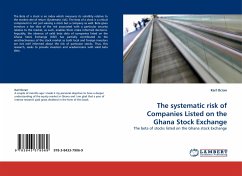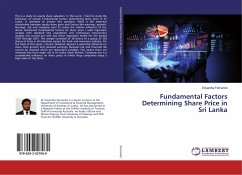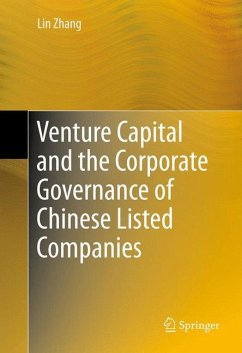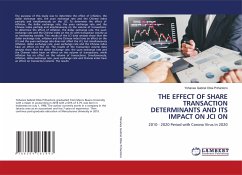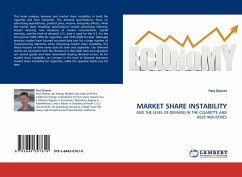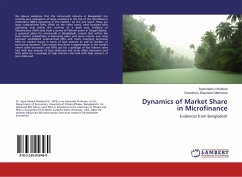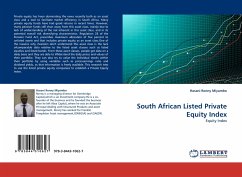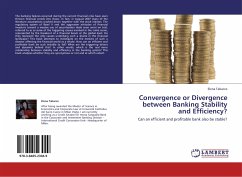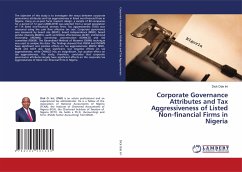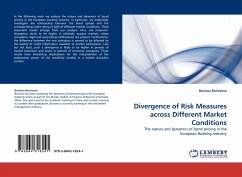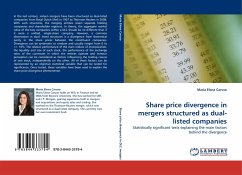
Share price divergence in mergers structured as dual-listed companies
Statistically significant tests explaining the main factors behind the divergence
Versandkostenfrei!
Versandfertig in 6-10 Tagen
39,99 €
inkl. MwSt.

PAYBACK Punkte
20 °P sammeln!
In the last century, sixteen mergers have been structured as dual-listed companies: from Royal Dutch Shell in 1907 to Thomson Reuters in 2008. With such structures, the merging entities retain separate holding companies and shareholder registers. In theory, the aggregate market value of the two companies within a DLC should be no different than if it were a unified, single-share company. However, a common observation in dual- listed structures is a divergence from theoretical parity in the share prices between the constituent companies. Divergence can be systematic or random and usually ranges...
In the last century, sixteen mergers have been structured as dual-listed companies: from Royal Dutch Shell in 1907 to Thomson Reuters in 2008. With such structures, the merging entities retain separate holding companies and shareholder registers. In theory, the aggregate market value of the two companies within a DLC should be no different than if it were a unified, single-share company. However, a common observation in dual- listed structures is a divergence from theoretical parity in the share prices between the constituent companies. Divergence can be systematic or random and usually ranges from 0 to +/- 10%. The relative performance of the main indices of incorporation, the liquidity and size of each stock, the performance of the exchange rates of the currencies in which the entities operate and investor perception can be considered as factors influencing the trading course of one stock, independently on the other. All of these factors can be represented by an objective statistical variable that can be tested for significance. Once tested, these variables have been used to explain the share price divergence phenomenon.



